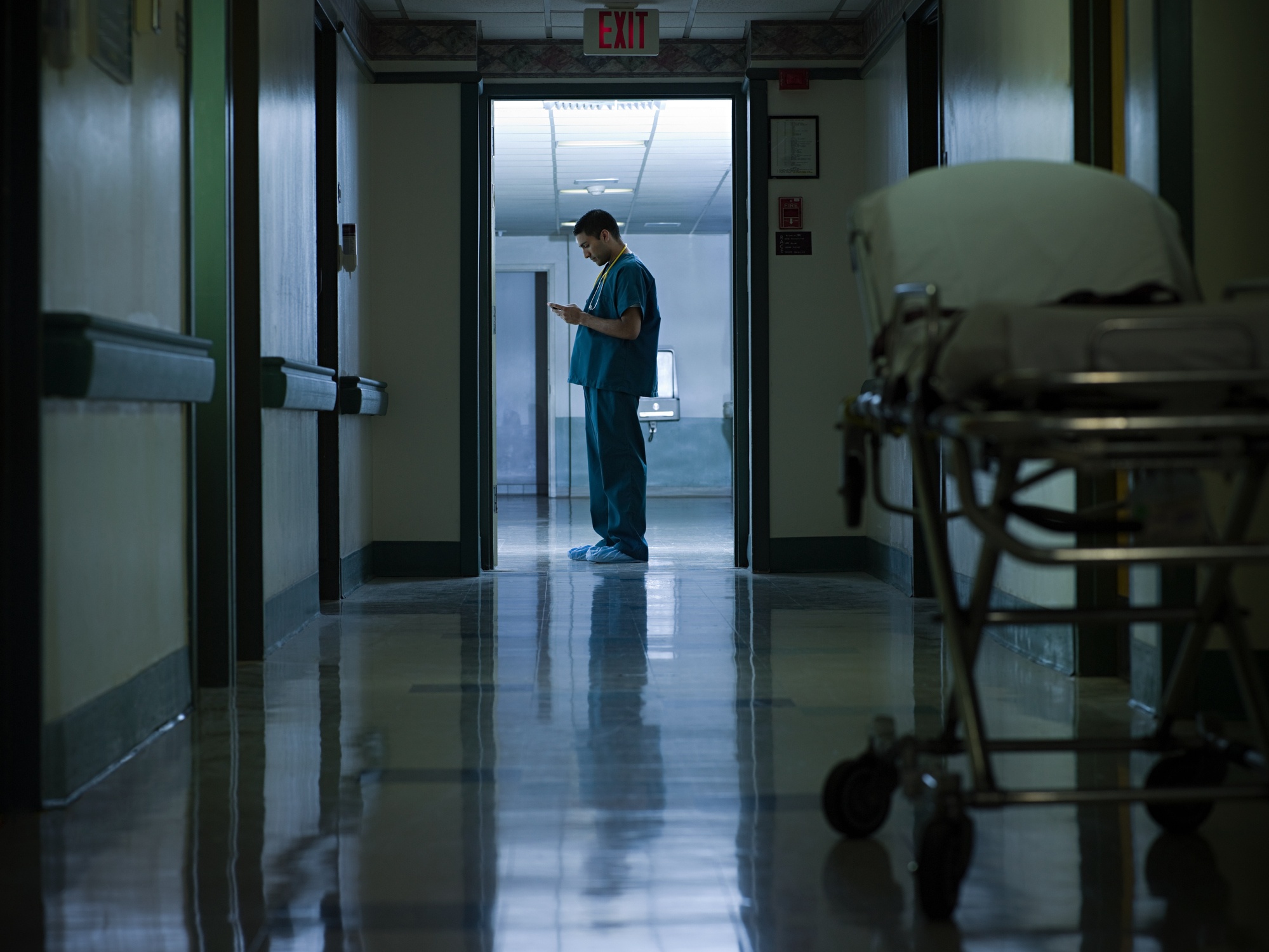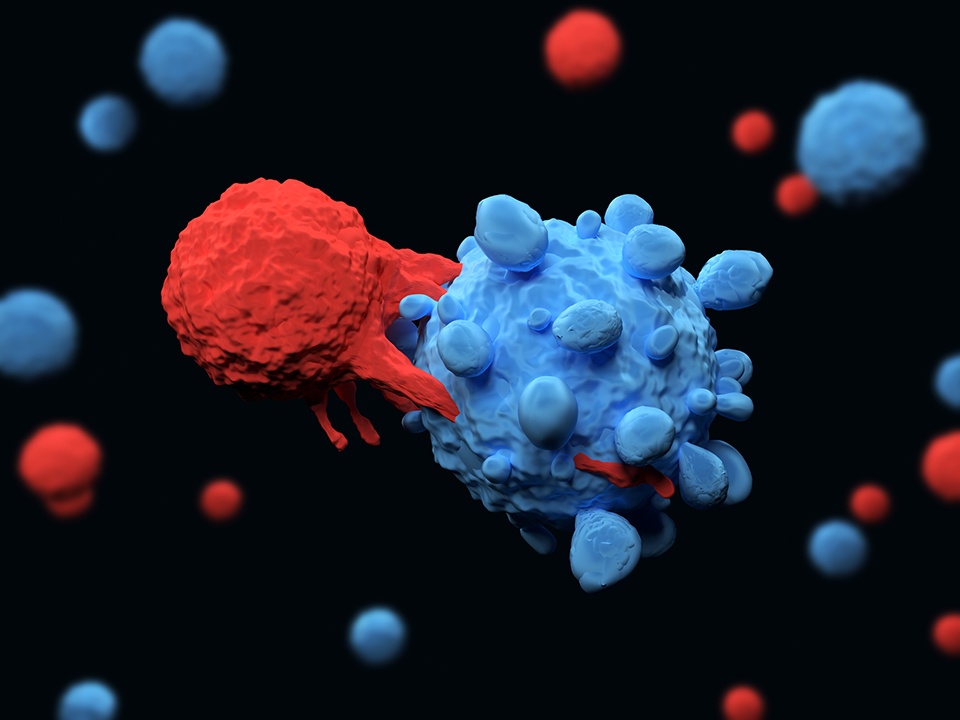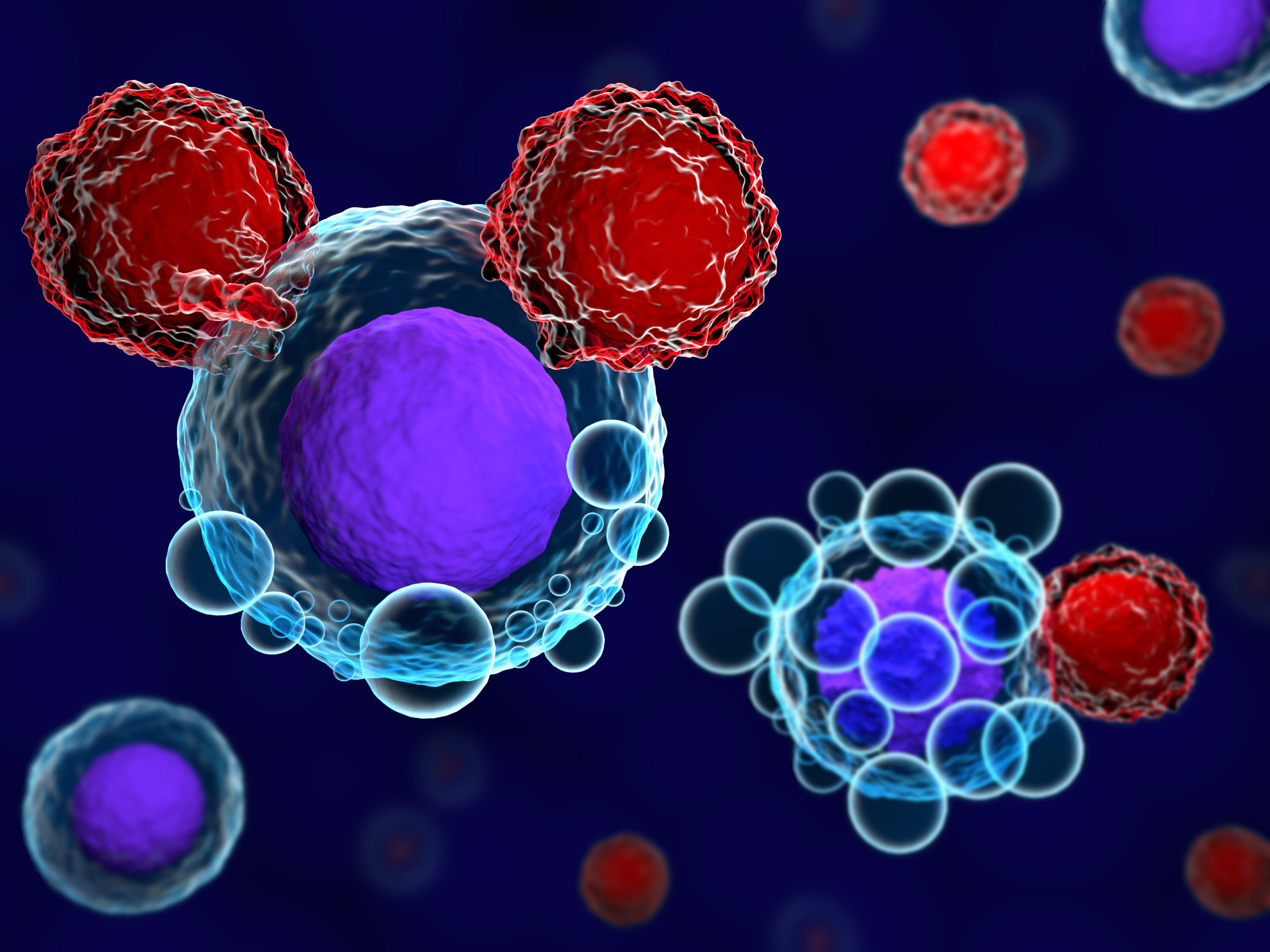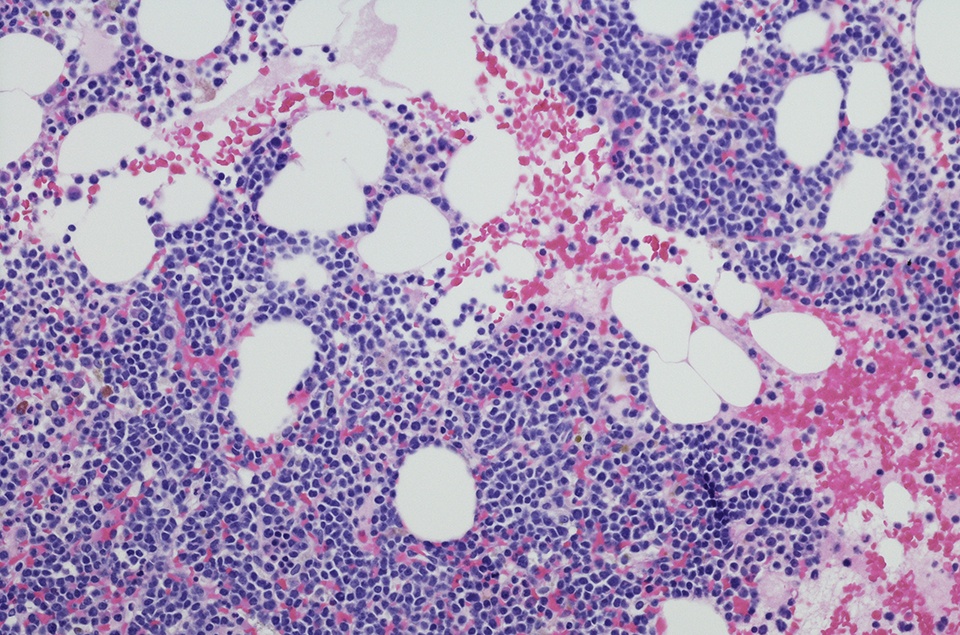
Following its FDA approval in 2020 based on results from the ZUMA-2 trial, brexucabtagene autoleucel (brexu-cel) has been implemented into standard care for patients with relapsed/refractory mantle cell lymphoma (MCL). In a subsequent study evaluating data on the use of brexu-cel in real-world practice, researchers judged the treatment to have “encouraging” safety and efficacy profiles in routine care. The report was presented at the 2021 Annual Meeting and Exposition of the American Society of Hematology.
Additionally, the incidences of cytokine release syndrome (CRS) and immune effector cell-associated neurotoxicity syndrome (ICANS) were comparable to those reported in ZUMA-2, although the use of tocilizumab and steroids was more frequent in real-world patients.
Baseline clinical characteristics, adverse event incidence, and treatment outcome data from 93 patients who had completed brexu-cel infusion were collected from 14 centers in the U.S. Lymphoma CAR-T Consortium. Patients had received a median of three prior lines of therapy, and 82% had prior treatment with Bruton tyrosine kinase (BTK) inhibitors. The primary outcomes of the analysis were duration of response, progression-free survival (PFS), and overall survival (OS).
At data cut-off, the median follow-up was 3.0 months (range = 0.1-9.6). The rate of CRS was 88%, with 8% considered grade III or higher. The rate of ICANS was 58%, with 33% considered grade III or higher. No fatal CRS or ICANS cases were reported. Tocilizumab, steroid, and anakinra were used to manage CRS and ICANS. At day 30 response assessment in 81 evaluable patients, the ORR was 86%, with a complete remission (CR) rate of 64%.
The ORR/CR rates by subgroups were as follows:
- 94%/70% for blastoid or pleomorphic variants
- 82%/50% for TP53-mutated
- 84%/61% for BTK inhibitor-exposed
- 94%/76% for BTK inhibitor-naïve
- 88%/67% for patients who would not have met ZUMA-2 eligibility criteria
The ORR/CR rates were 87%/69% and 85%/56% for patients who had or had not received bridging therapy, respectively.
Among patients who responded at day 30, the rate of continued response over three months was 83.7%. In addition, the three-month PFS rate was 80.6%, and the six-month OS rate was 82.1%.
Even though 73% of the real-world patients would have been ineligible for ZUMA-2 enrollment, their ORR and CR rates were comparable to those reported in the study’s cohort, leading the authors to consider brexu-cel generally safe and effective. However, they did acknowledge that “longer follow-up is necessary to confirm long-term safety and efficacy.”







 © 2025 Mashup Media, LLC, a Formedics Property. All Rights Reserved.
© 2025 Mashup Media, LLC, a Formedics Property. All Rights Reserved.